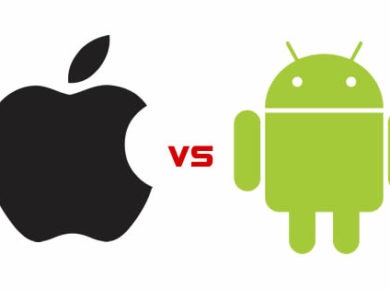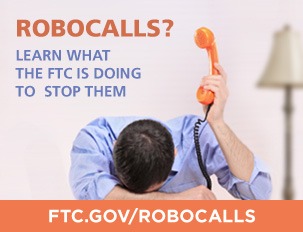Debt collection is big business. In the United States, the annual amount of debt collection, not including debt owed to the federal government, exceeds $13 billion dollars. Across the country, in approximately 6,000 collections agencies, there are over 130,000 employees working to retrieve money legitimately owed to services and goods providers by delinquent clients and customers. Over one-third of all Americans (77 million) currently have some level of financial debt involved in a collections action.
Debt Collection Fees and Rules
Debt collectors earn their fees by accepting a percentage of the total value of the collections they complete. The financial services sector provides the most revenue for the collectors (almost 35 percent of all collections involve these services) because so many people find themselves unable to make their credit card, automobile or mortgage payments. Telecommunications debt is also growing, with over 20 percent of all delinquent bills related to some form of telecommunications service. Increasingly, student loans and medical bills are also becoming delinquent.
Third-party collectors, agencies retained for the purpose of collecting delinquent funds, are hired to retrieve more than half of this money. Their efforts are governed primarily by the Fair Debt Collections Practices Act (FDCPA), which restricts collection practices to those that are not unduly harsh or harassing to the debtor. However, with the advent of technology, the transfer of debt data from primary creditor to third party collections agency has created vulnerabilities related to inappropriate sharing of private consumer data. Not surprisingly, the number of complaints about debt collections has risen accordingly.
CFPB Proposes New Rules for Debt Collectors
In response to the high volume of debt-collection complaints, the Consumer Financial Protection Bureau (CFPB) has proposed a series of rules to provide clearer governance to the third-party debt collections industry. In general, the proposed rules are broken into three main categories: information integrity; collector communications practices and circumstances that prohibit transferring of debt.
Information Integrity
There are two aspects to this issue: attempted collections from the wrong person, or agents trying to collect the wrong amount. Confusions can arise at any point in the transition from primary to third-party creditors, but most of the complaints relate to erroneous or non-existent data contained within the transfer documents. Subsequent notices to the debtor end up being in error or fail to provide sufficient information for the debtor to challenge the delinquency notice. The CFPB offers three potential interventions that would reduce or eliminate complaints based on communications errors between the primary and third-party creditors:
- A new rule would require that the third-party collector “substantiate” their claim that a specific consumer owes a particular debt. Improved communications between the primary and third-party debtors would provide substantiation in most cases, although when that fails, independent investigation by the agency may be required. The time frame for confirmation of the debt could begin at the initial transfer of debt information, occur during the collections process, or before filing litigation.
- Elimination of another aspect of confusion could happen if collectors were required to share the full scope of debtor information with downstream collectors. Gaps in files often lead to the false attribution of delinquent debts.
- The CFPB also proposes improving the FDCPA validation notices sent to the debtor before the commencement of the collections action. A new “Statement of Rights” would spell out in greater detail the critical information and steps necessary for the debtor to move more easily through the debt collection process.
Collector Communications Practices
The second leading cause of complaints, the activities of debt collectors within the debt collections process, are frequent causes of consternation and distress. From the collector’s perspective, however, the CFPB notes a disparity between the FDCPA requirements of both identifying as a collector and also not revealing the existence of the consumer’s debt. Attempting to avoid the latter prohibition while accomplishing the former requirement causes significant stress for collectors, some of whom resort to making numerous phone calls but leaving no messages when those calls go unanswered. Debt collector practices are one of the primary drivers of FDCPA lawsuits.
Here, the Bureau is also proposing three main interventions:
- Rules that would govern the frequency of contacts and messages allowed between the collector and the potential debtor;
- Rules that would guide the nature of the communications, including time, location and content of contact attempts, and
- Rules that are triggered when the debtor dies before or during the collections action.
The Bureau believes that clarifying the guidelines around debtor contacts will reduce the confusion regarding potentially conflicting FDCPA requirements.
Prohibitions on Certain Debt Collection Circumstances
While the vast majority of debt collectors scrupulously follow the rules to the best of their ability, there are those few who will step out of bounds to complete their case. To contain the damage caused to innocent consumers by these rogue agents, the CFPB is proposing to prohibit debt-sellers from selling debtor accounts to collectors that have collections-related judgments or other legal orders against them in the jurisdiction where the creditor lives or who have no license to perform collections in the state where they reside.
Additionally, the Bureau is considering rules that would require a collector to create a record of the actions they took during any collections action and to retain that record for three years after the closure of the case.
The Bureau has a report available that details the research that occurred during their review process.
See the original version of this article on PaymentVision.

